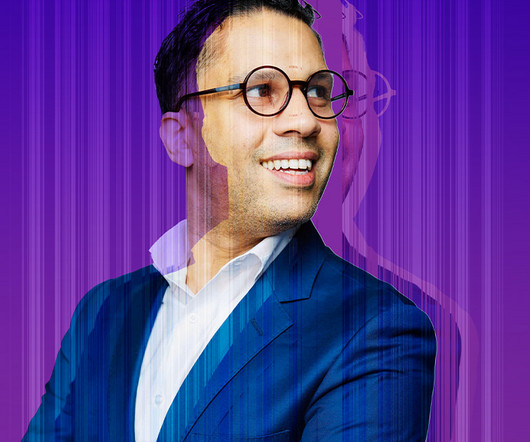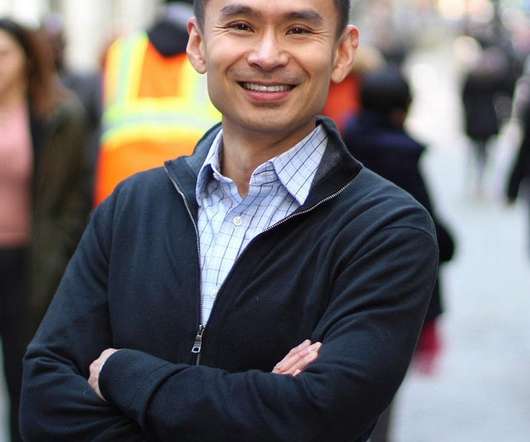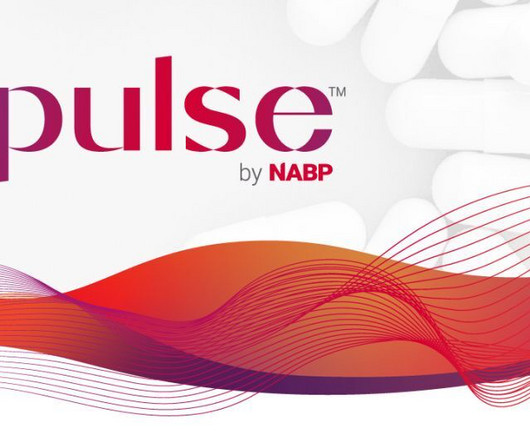Generative AI to bring 'transformative change,' says Froedtert/Inception Health CTO
Healthcare It News
FEBRUARY 26, 2024
Somai knows AI, and strongly believes it is an integral part of the healthcare ecosystem and poised to bring about powerful, transformative change to the industry. By integrating genAI into the fabric of healthcare, we stand really on the brink of a new frontier in medicine and life sciences.












Let's personalize your content